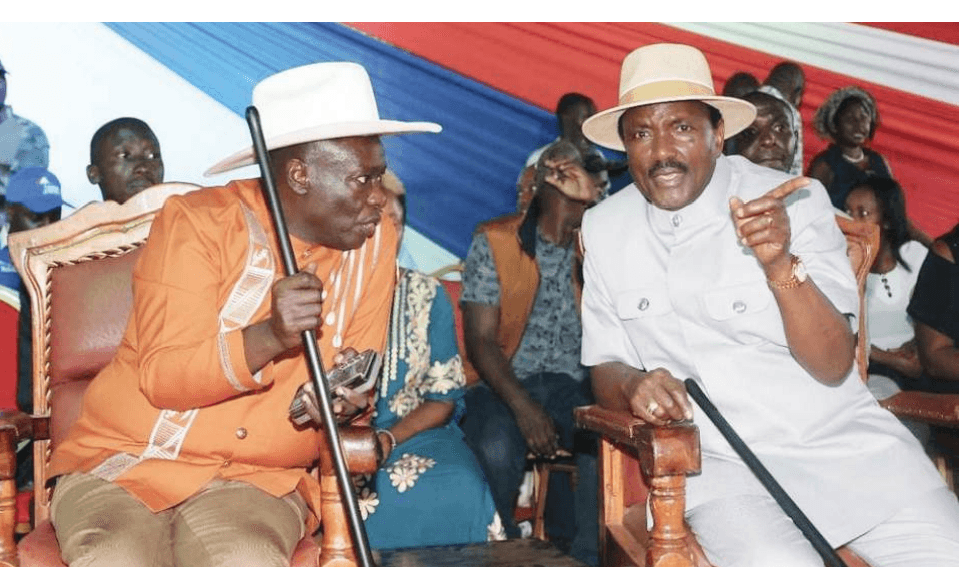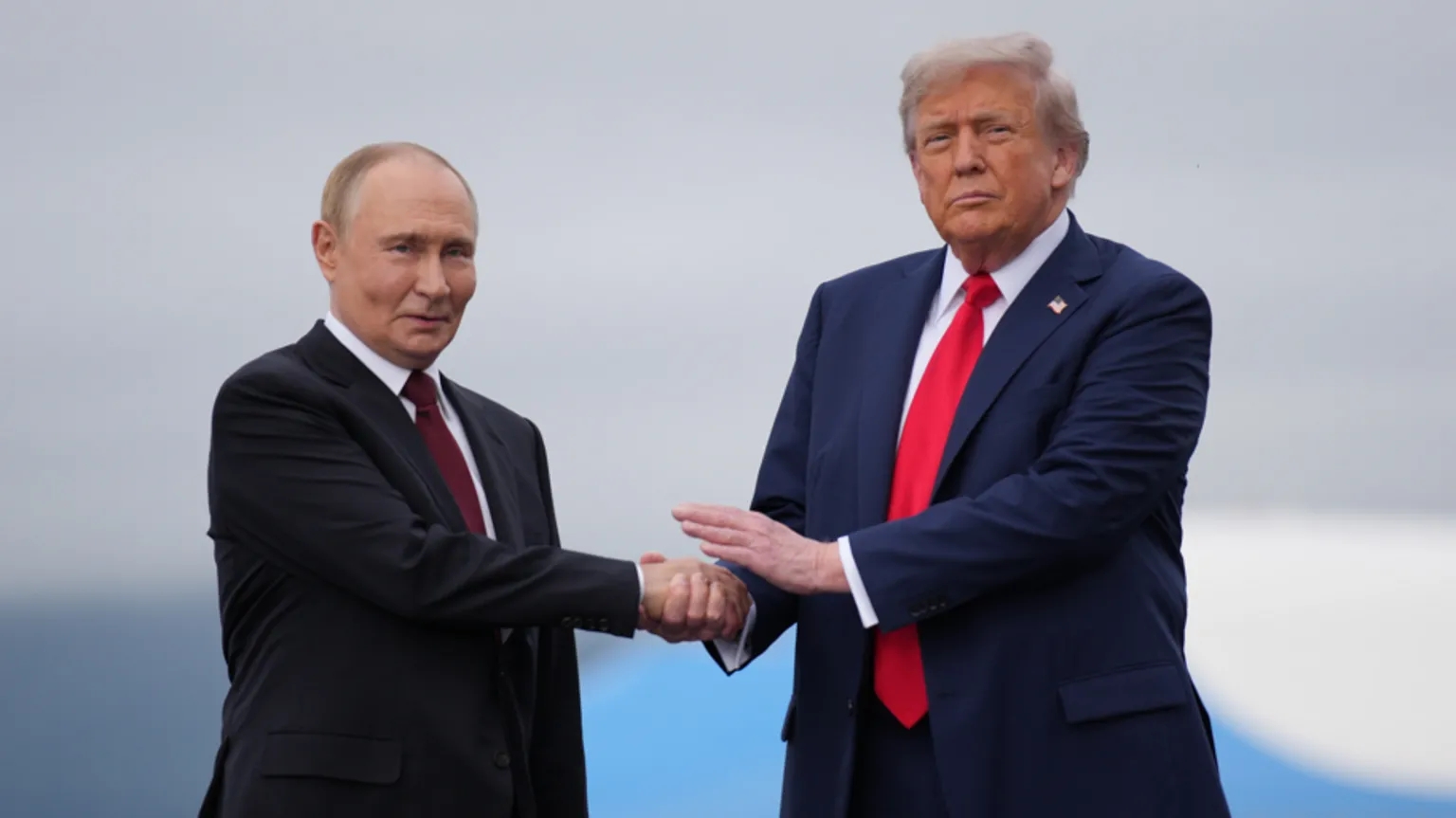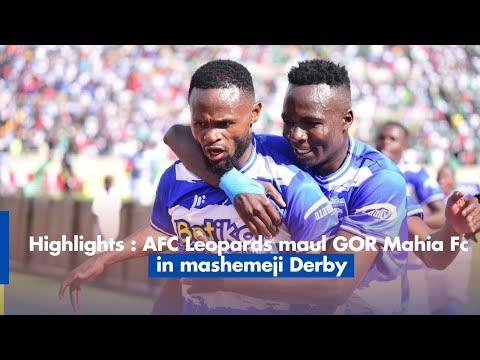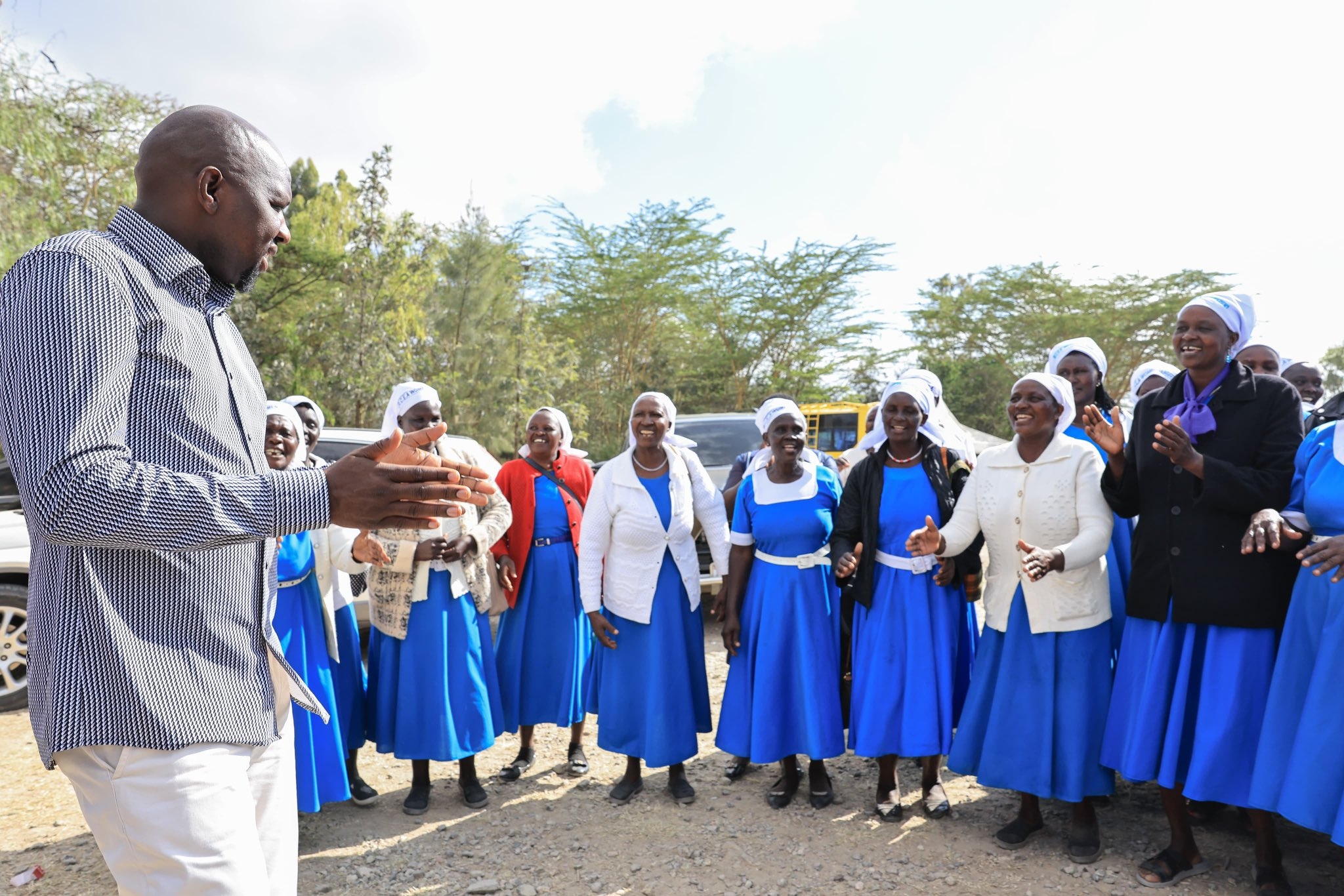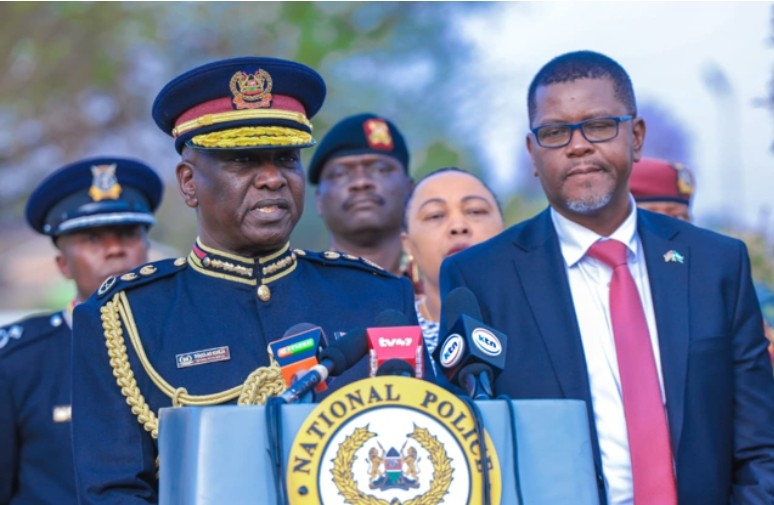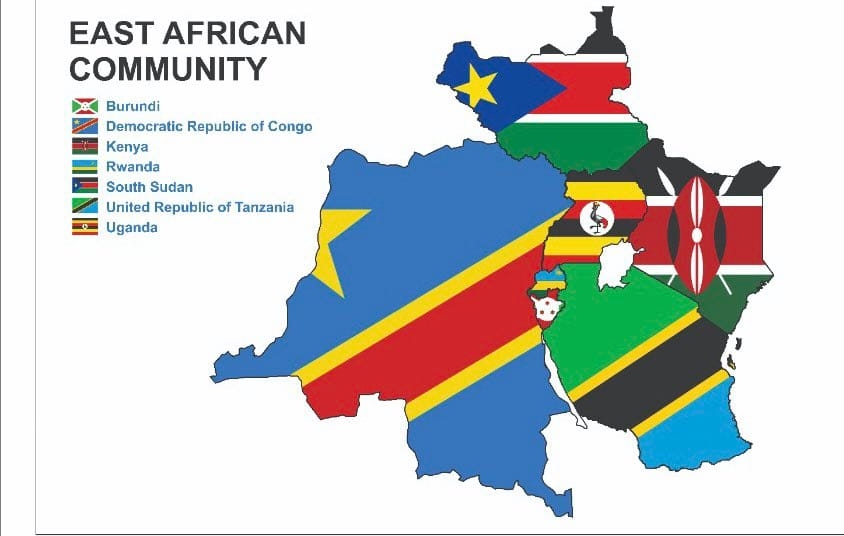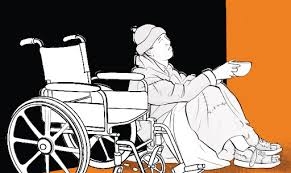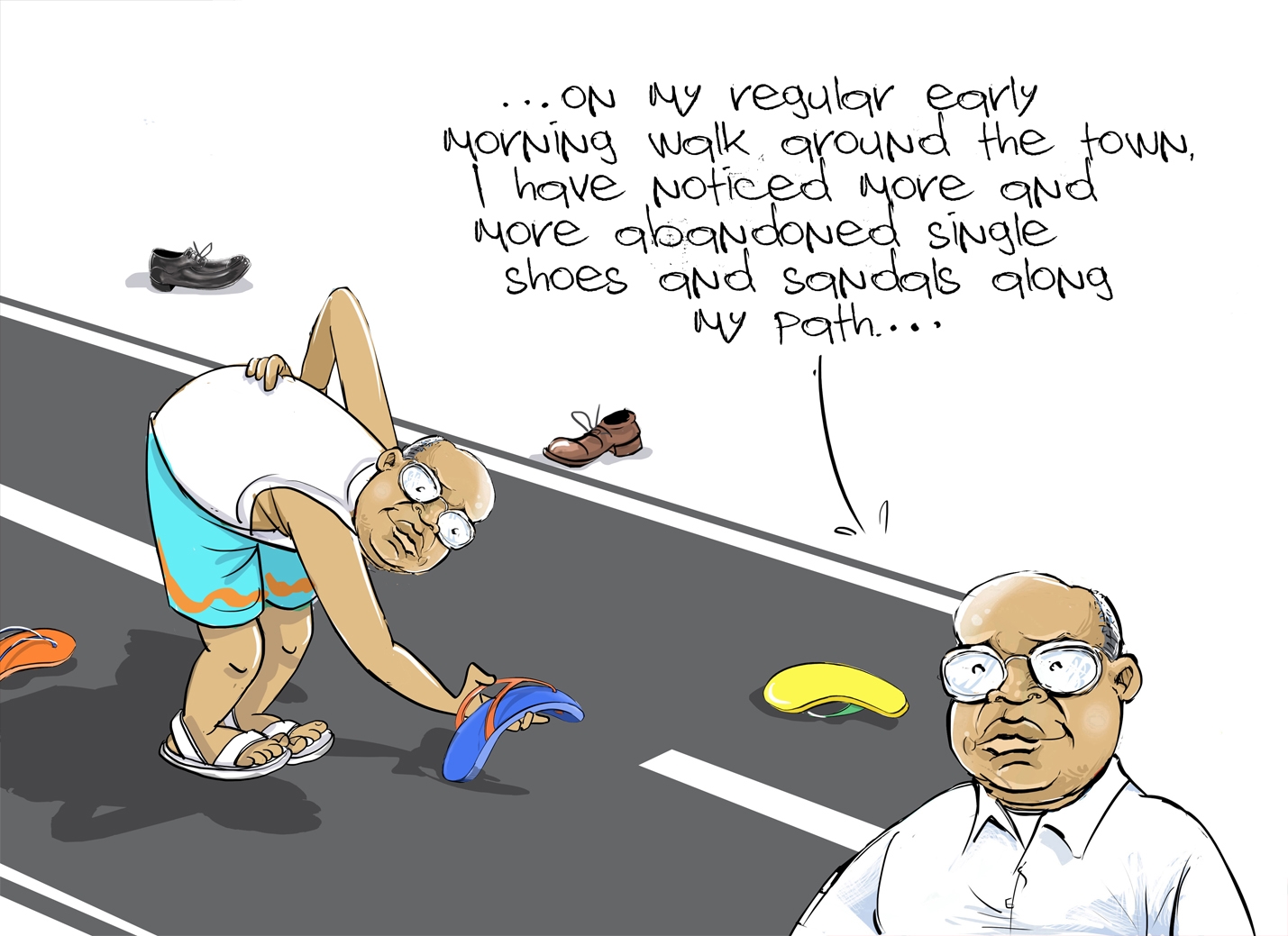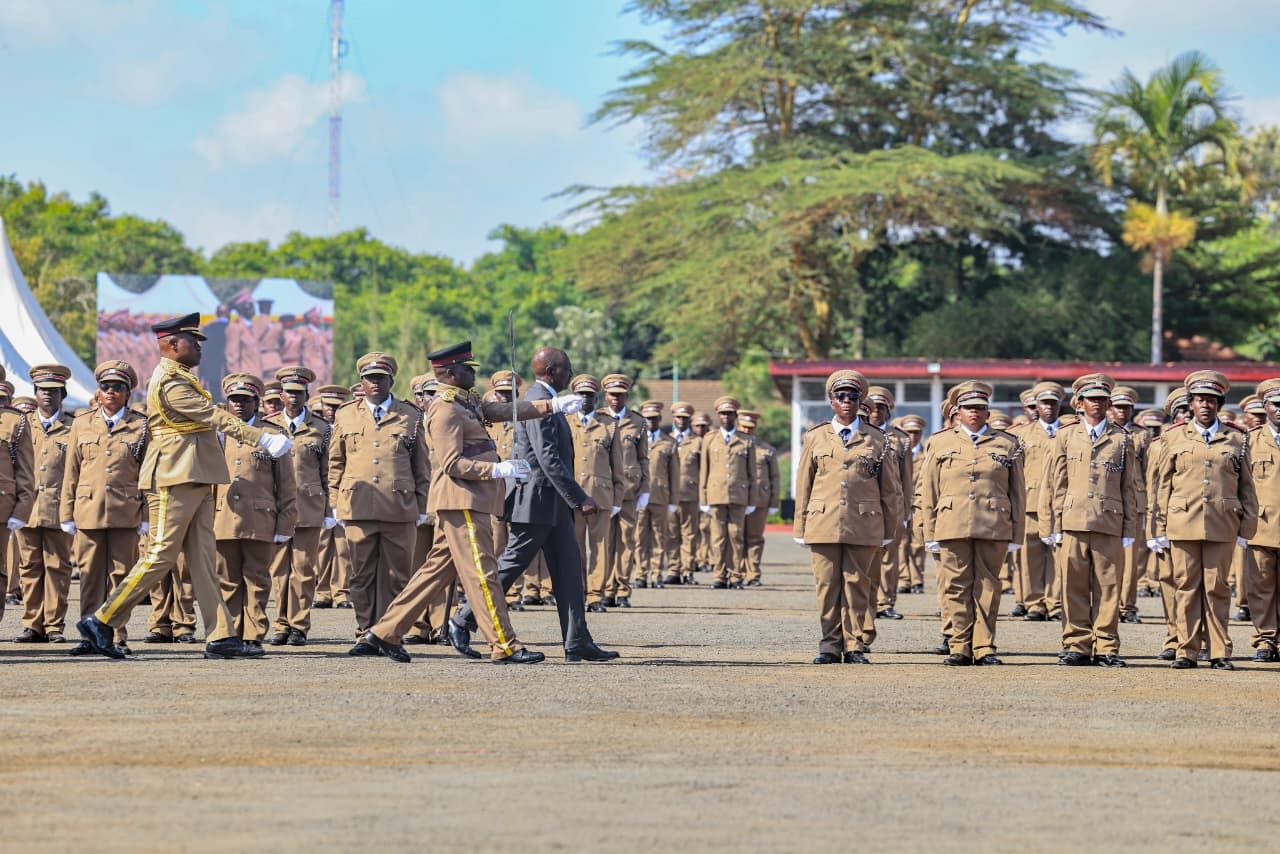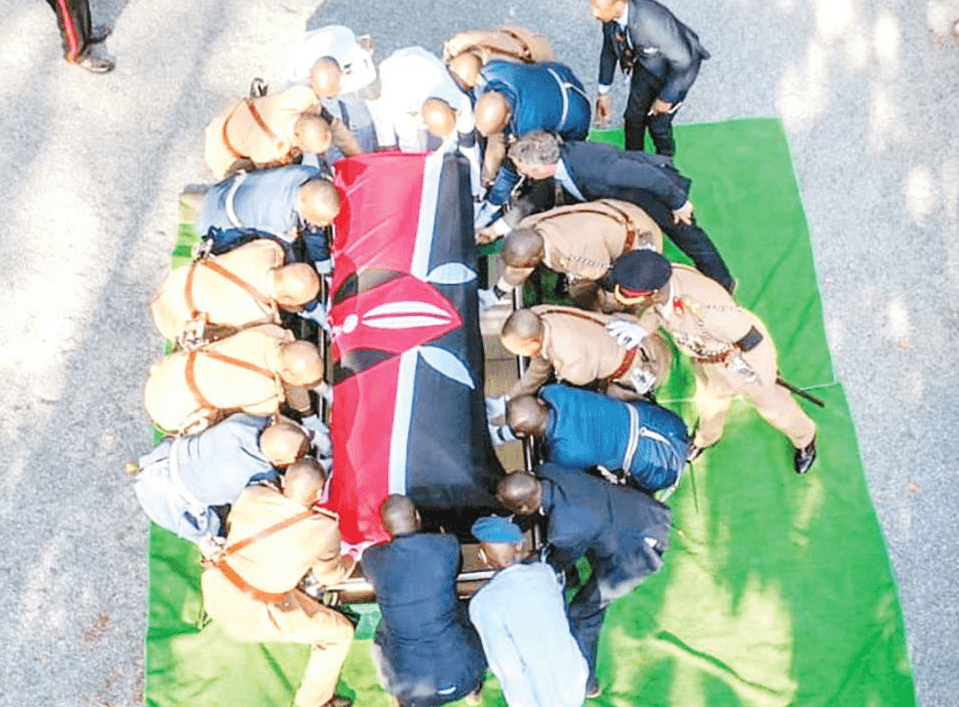
 Former Prime Minister Raila Odinga./FILE
Former Prime Minister Raila Odinga./FILE
As ODM grapples with a delicate transition after the death of Raila Odinga, questions are emerging on the outcome of some of the unfinished business the veteran opposition chief was pushing before his demise.
Raila died while pushing a number of people-centered reforms that he held close to his heart and was ready to pay the price. He died in India on October 15 and was buried in Bondo, Siaya county, on October 19.
He was fighting to, among others, remove from control of MPs the multibillion-shillings National Government Constituency Development Fund (NG-CDF) and their involvement in the control of roads and infrastructure projects.
Raila was also against lawmakers controlling roads funds in their constituencies insisting that should be mandate of the county governments.
MPs are currently having complete control of the billions allocated to the Kenya Urban Roads Authority (KURA) and the Kenya Rural Roads Authority (KeRRA).
Raila had long argued that NG-CDF and the roads funds undermined the principle of separation of powers and weakened devolution.
To him, legislators should not play an executive role in managing development money.
“Constituency is not a devolved unit. Devolution has two levels, national and county. It is not right for the national government to bypass counties and create another unit below them,” he said.
“Money meant for development should go to the counties, which are constitutionally mandated to implement projects.”
“I know my position is unpopular, but I don’t care. There can be no compromise on this issue. It is a matter that should be taken to the people through a referendum.”
The stance repeatedly put him at odds with lawmakers, even within ODM who were in support of retaining the fund.
Some MPs argue that total opposition to these funds risks alienating the grassroots, where tangible development is the true currency of politics.
Similarly, his opposition to MPs continued control of KURA and KeRRA-funded projects stemmed from the same conviction that MPs should not restrict themselves to the core mandate of oversight, legislation and representation.
Raila warned that giving MPs powers over road projects would only deepen corruption and politicise service delivery.
With his exit, analysts are casting a bleak outlook on the future of some of Raila’s pending reform legacies, warning none of the other ODM members is ready to take the political risks he took.
They say most of Raila’s unfinished agenda may end up dying with him as potential successors appear fixated in playing safe, seeking accommodation rather than confrontation.
“For Ruto to maintain control of Parliament, he will give the MPs what they want. Without Raila, NG-CDF will continue,” University don Prof Gitile Naituli told the Star.
“Sifuna [Nairobi Senator Edwin Sifuna] and Babu [Embakasi East MP Babu Owino] would love to push some of the people’s agenda but they don’t have Raila’s force. I think most of those reforms will disappear.”
Executive director of the Kenya National Civil Society Centre, Suba Churchill, believes some of Raila’s unfinished businesses will end up dying with him.
“The one of NG-CDF may not go far because all MPs even from ODM are conflicted. As MPs, they see the kitty as their mainstay and therefore unless the society come together, I don’t see a brighter future for it,” he said.
“Ruto himself believes in it [NG-CDF] and uses it to do his bidding in terms of pushing legislation in Parliament, considering the position the President has taken before, he may not be the champion of such a move.”
Political analyst Martin Andati added, “I don’t think Oburu Oginga has the spine to push some of these things. Sifuna appears keen to push some of these but does he have the gravitas? I don’t think so. Nobody will follow them up, they may die with Raila.”
Machakos Deputy Governor Francis Mwangangi expressed concern over the Orange party’s ability to stand against Ruto and advocate some of the Raila’s pet projects that may not be popular with the establishment.
“From comments from Luo leadership, part of ODM appears to be already in Ruto and are not interested in pushing some of the issues that may be uncomfortable to the system,” he said on the phone.
Raila was also pushing for justice and compensation for victims of police brutality, something that was frustrated by a court order freezing operations of a committee set to look into the matter.
Raila had consistently demanded state accountability for lives lost during demonstrations.
He championed compensation for families of victims, who were either maimed or lost their lives at the hands of the police.
Suba Churchill, a veteran human rights defender, said Raila’s long-standing call for compensation of victims of police brutality is likely to continue even after his death.
“It already has structures in place. There was a lot of political will, especially on compensation and out of fear. Some of these things can be used in the 2027 campaigns, they may be keen to ensure they are implemented,” he said.
Also pending in Raila’s in tray is the push for the implementation of the 10-point agenda captured in the MoU he signed with President William Ruto in March this year.
In August, the two principals unveiled a five-member MoU implementation committee chaired by Agnes Zani and deputised by Javas Bigambo, with Fatuma Ibrahim, Kevin Kiarie and Gabriel Oguda serving as members.
Raila’s loyalists have urged the government to honour Raila’s legacy by implementing some of the issues they signed cautioning that abandoning some causes would amount to betraying the very foundation of ODM’s struggle.
ODM deputy party leader Godfrey Osotsi said Raila was deeply committed to the 10-point agenda and had repeatedly emphasised its importance in addressing some of Kenya’s most pressing governance and human rights issues.
“Our wish as a party–and Raila kept talking about it before his death—is that those ideas in the 10-point agenda he signed be implemented,” he said.
“For instance, stopping abductions was very important to him, and so was the compensation of families whose members died or were injured in anti-government protests.”
INSTANT ANALYSIS
As 2027 approaches, ODM must decide
whether to march forward on the reformist path Raila laid or reinvent itself in
a new era of political accommodation. The outcome will determine whether
Raila’s legacy remains a living mission or a fading memory.


